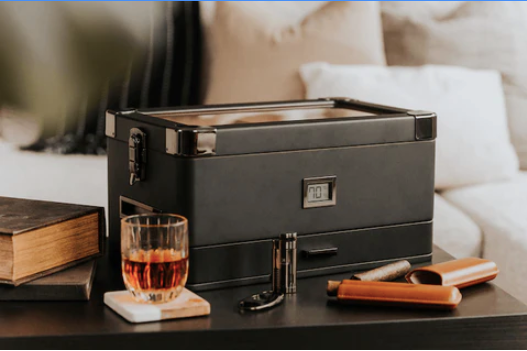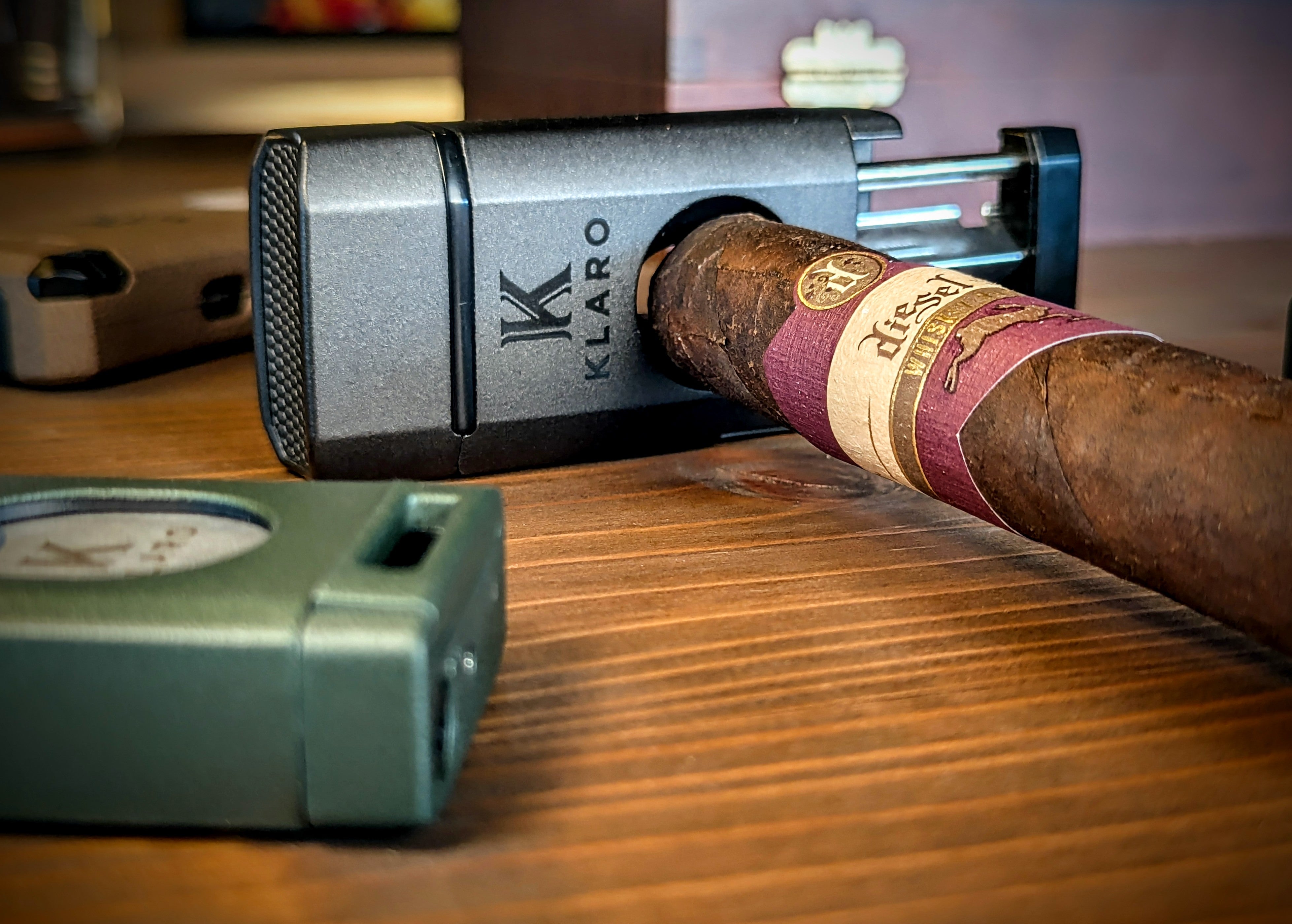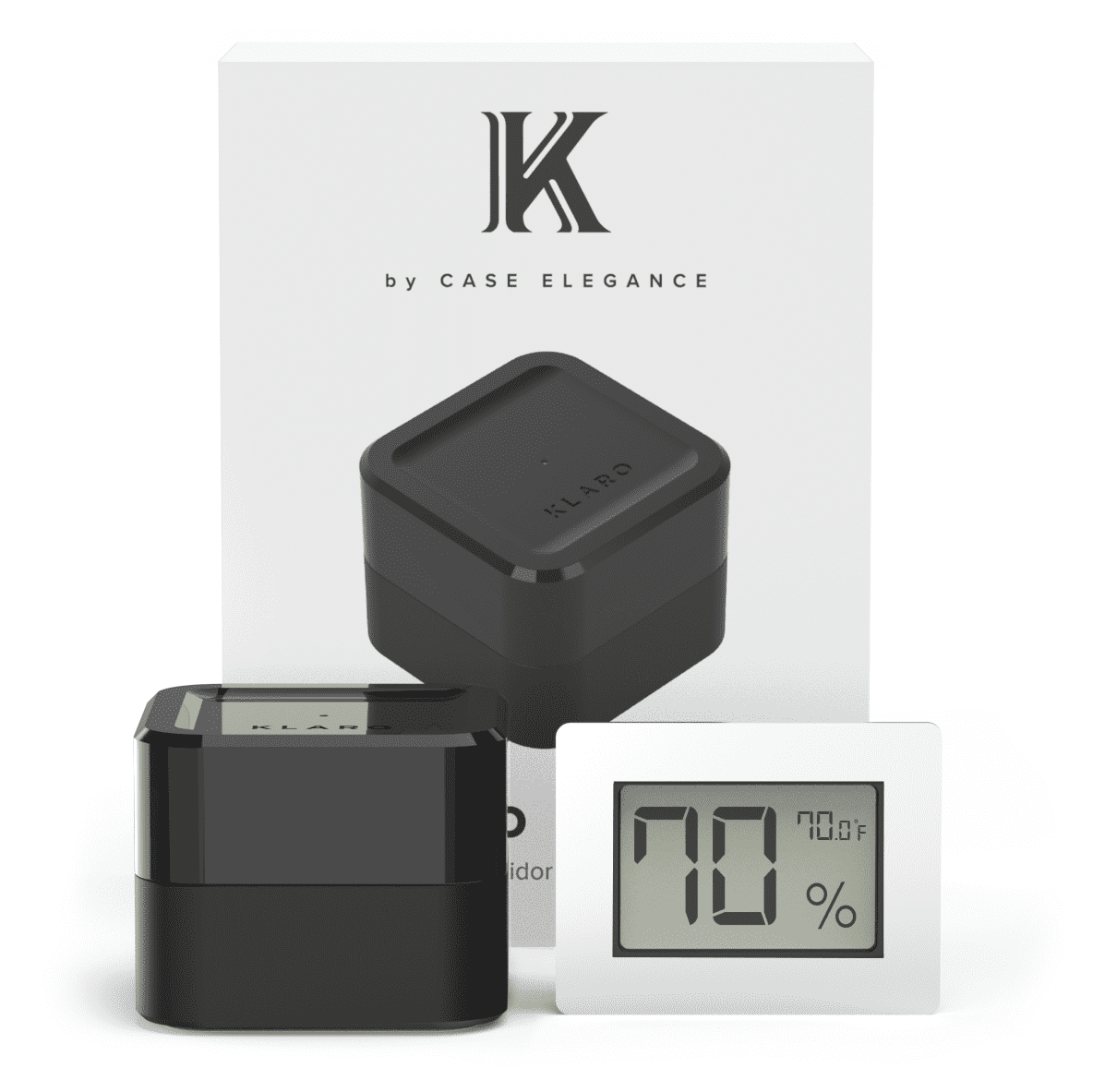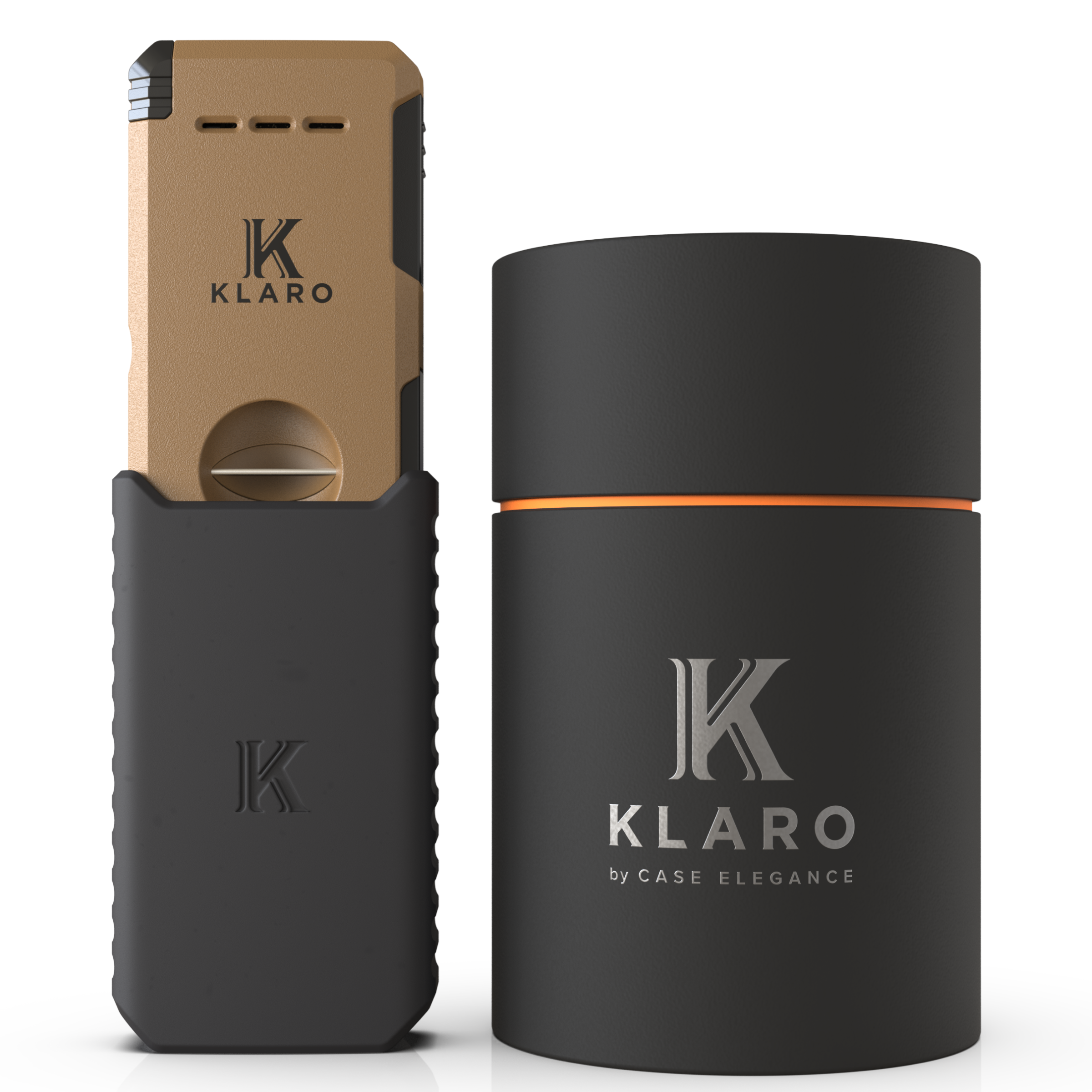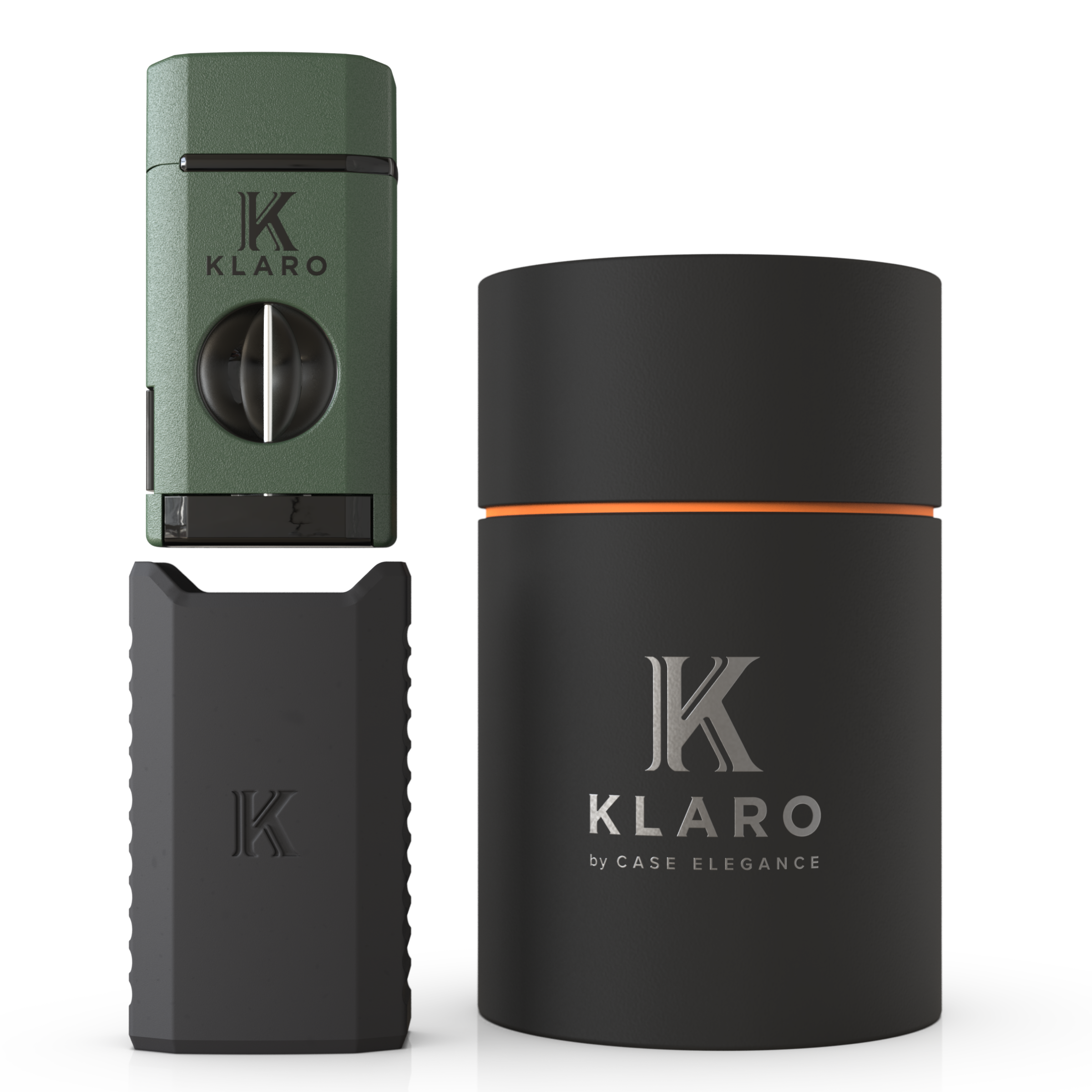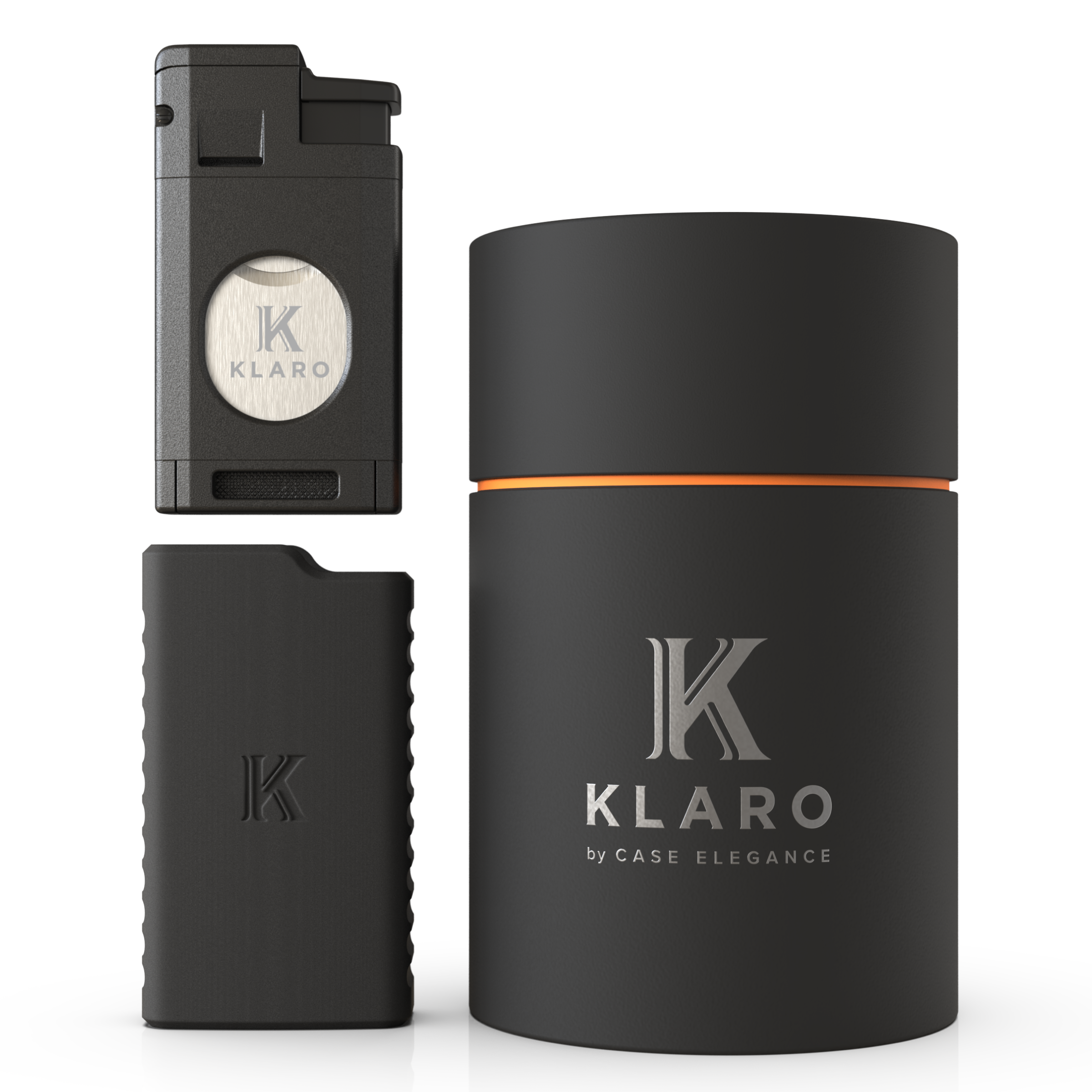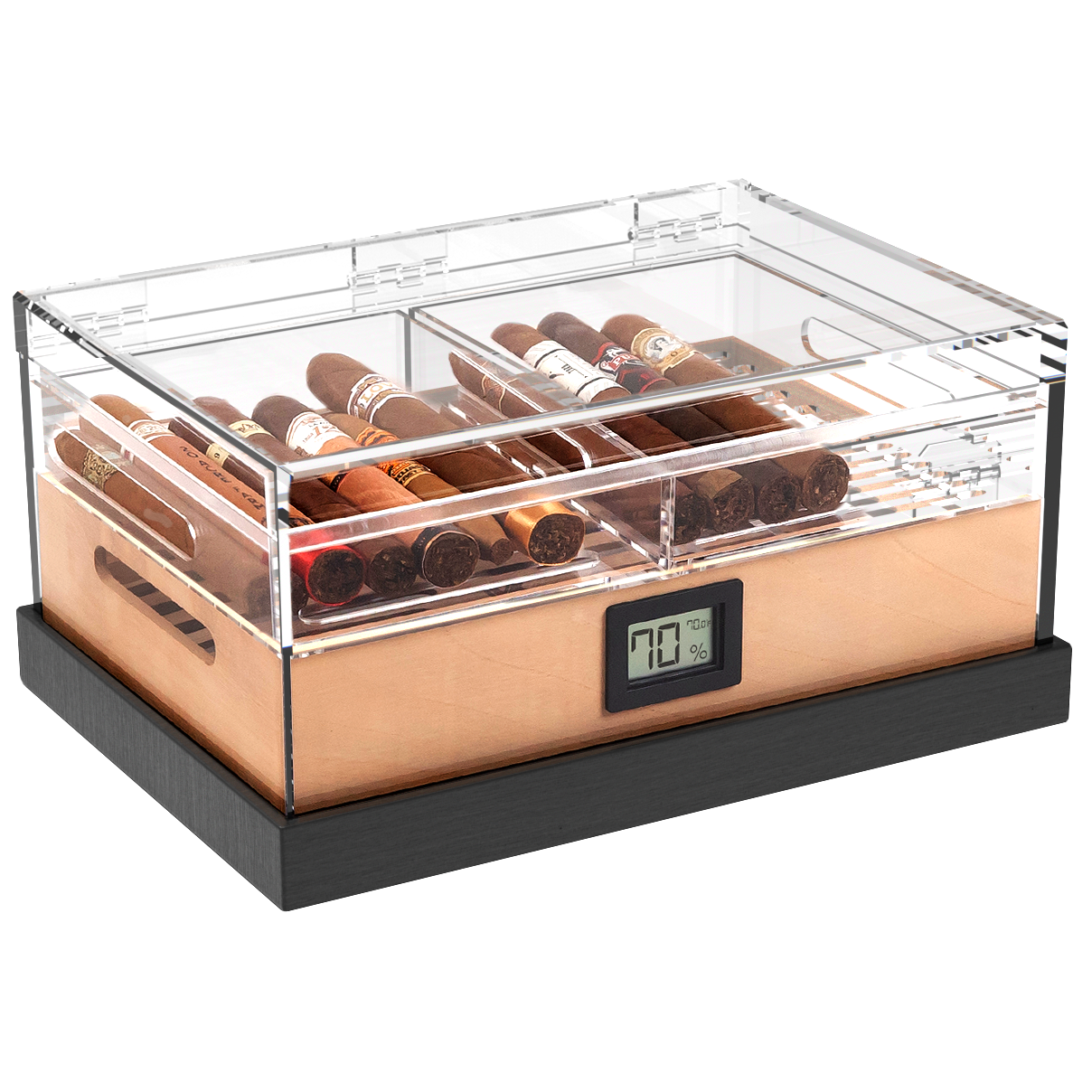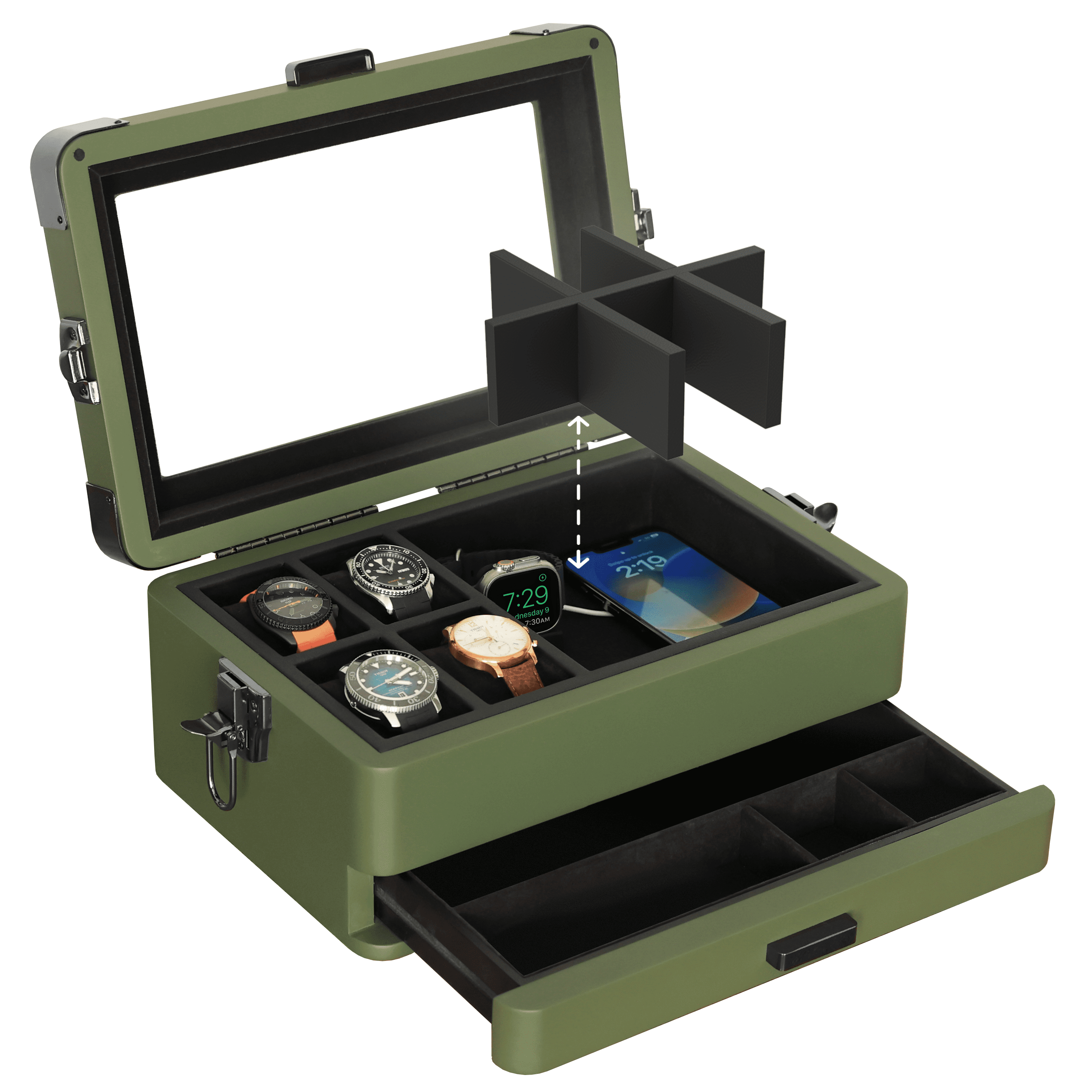You save up for an attractive but still affordable humidor, searching online until you find one that’s a hundred bucks but looks like it’s worth twice that. Once it arrives, the seal seems good, and the hinges are made of brass. You season it as instructed, store your stogies, and when you smoke a few times a week, everything seems to be fine. But then your humidor can’t keep its humidity level sustained. Inside a month, your stogies are dry, on the cusp of being ruined.
What happened?
When it comes to humidor quality, there are some very important aspects to consider regarding construction and materials. As mentioned, the seal on a humidor plays a significant part of how well your humidor performs. And the second is the use of that all-important Spanish cedar for the interior lining. But when a manufacturer says a humidor is made with Spanish cedar, take the time to learn its actual thickness. It’s a detail that’s oftentimes overlooked.
Believe it or not, but the Spanish cedar lining in your humidor is actually a functional component, and not just there for looks and aromatics. However, just because the humidor you’re eyeing has Spanish cedar inside doesn’t mean you should buy it. It’s important to understand why your humidor should have Spanish cedar that’s the right thickness.
Why Spanish Cedar?

Most humidors worth their salt will use Spanish cedar for the interior, primarily because of its impressive and wide swath of properties that few other wood possesses: It resists mold, deters tobacco beetles, absorbs moisture when humid, and releases moisture when dry.
Your humidor’s exterior might be made from different exotic woods, but this is often done for aesthetic purposes and has little to do with functionality. What matters when it comes to humidification is the lining where you’ll actually house your cigars. Here, Spanish cedar is king.
While some manufacturers use American/Canadian cedar or even Honduran Mahogany, neither of those woods provide quite the same properties as Spanish cedar, which actually comes from South America. Those important properties include:
- Excellent moisture absorption and retention
- Humidity stability
- Low propensity for mold to occur
- Aids in the aging of cigars
- Protection from tobacco beetles
- Enhances tobacco flavor
- Low odor
But the mere fact that your humidor is lined with Spanish cedar (it says so in the manual!) doesn’t mean it’s enough to keep your cigars properly humidified. You may have the right set of humidor accessories including a built-in humidor digital hygrometer and a top-tier humidifier, but if the Spanish cedar lining is thin, none of those accessories is going to save your bacon.
How Thick Should It Be?

Thin Spanish cedar might ok and smell good, but it doesn’t do enough to retain the relative humidity (RH) of your humidor and keep it stable. Most affordable humidors out there on the market tend to use cedar veneers that don’t do much beyond imparting that cedar smell when you crack open the humidor.
Thin veneers are often as insignificant as .2mm thick, which isn’t nearly enough wood to hold moisture. Furthermore, it won’t retain this humidity over time. Klaro humidors each have 5mm thick veneers–nearly five times the thickness of cheap humidors. This level of thickness means your humidor (after proper seasoning) should be able to consistently retain between 65–72% relative humidity.
Of course, other factors must be present such as a good seal, well-constructed joints in the wood, the proper humidification solution, and a good humidifier. Even if you fail to keep your humidifier filled, thick Spanish cedar should be able to keep the right RH for a while. Of course, that period of time varies with your climate’s conditions. But with thicker Spanish cedar inlay, you’re buying yourself some cigar insurance in case you’re busy, forgetful, or out of town.
What’s also vital to note is that thick Spanish cedar also equates to better RH recovery every time you open your humidor. Keep in mind that whenever you grab a stogie from your humidor, some humidity escapes into your less humid home or office environment. Sure, your humidor’s recovery depends largely on your humidifier performing its required duties, but a thicker cedar lining will help expedite that recovery. Consider that lining a supplemental humidity source because of its retention properties.
Which Humidor Should I Buy?

Buying a humidor is a big decision and not just from a cost standpoint. It’s an actual investment in your cigar smoking hobby because a good humidor can protect, maintain, and properly age your cigars for years, if not decades. As we’ve said before, there are some important factors to look for when humidor shopping.
While most manufacturers don’t provide cedar lining specifications in their product descriptions, they might actually state that the lining is a veneer. Avoid those. The lining just isn’t thick enough to adequately perform for your cigar humidification needs.
If you’re able to shop for your humidor in person, all the better. You can touch the product, ask about the materials, and actually ask questions. You should check all aspects of the humidor including the cedar lining. Look at the hinges, check the tolerances in the lid, base, and joints, and test the seal. Make sure it states that it uses Spanish cedar. Every Case Elegance Klaro humidor is made with impeccable craftsmanship, and is crafted from the thickest Spanish cedar on the market, which includes even our least expensive cigar storage unit.
If the tobacconist or humidor retailer doesn’t have the answers about the specific model you’re looking at, he likely still has the product box and manual which should specify the details. You can even go so far as to bring a ruler with you to measure the thickness of the Spanish cedar lining. But if you decide to purchase online, just do your research. Just because you buy a humidor on Amazon doesn’t mean it has thin cedar. But, more often than not, you risk ending up with a humidor that struggles to maintain humidity due to thin or absent Spanish cedar.
For more tips and information on humidors and humidor maintenance, check out our comprehensive guide, answering many of your questions when it comes to humidor ownership. Here, we break down each component of the humidor so you know what to look for. After all, the Klaro line of humidors is designed to fill the gap and provide quality humidors that don’t cut corners on protecting your cigars.

